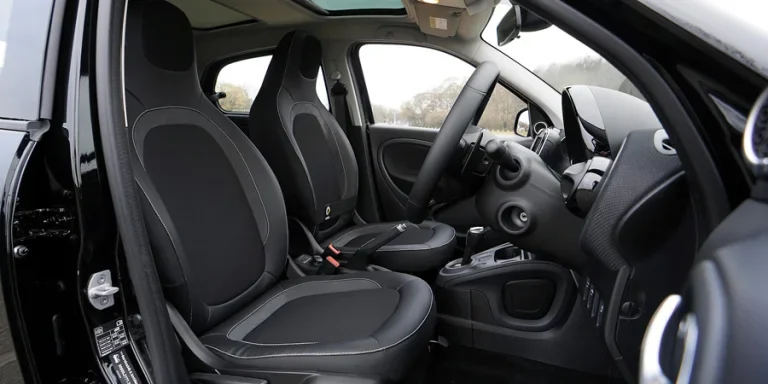Table of Contents
● Introduction
● Market overview
● Different types and their features
● Things to consider when selecting car seats
● Conclusion
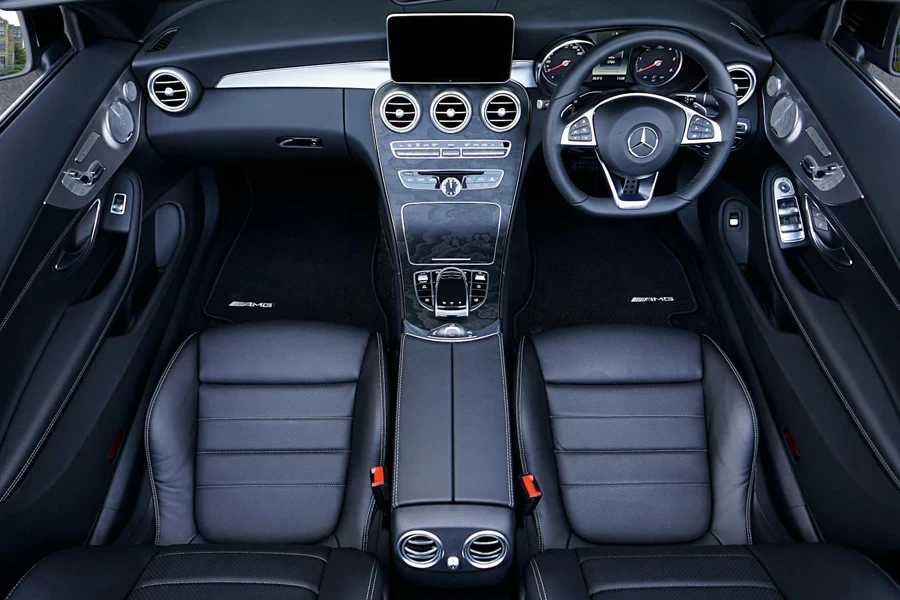
Introduction
Car seats play an essential role in defining the comfort and safety of every driving experience, making them a critical component of vehicle design. These seats are not just about luxury or aesthetics; they directly influence driver fatigue, passenger comfort, and overall vehicular safety by supporting proper posture and providing necessary cushioning. Advances in car seat technology have led to the development of features such as adjustable lumbar support, memory foam cushions, and even massaging functions, all designed to enhance comfort and prevent discomfort during long drives. Furthermore, innovative materials like breathable fabrics and temperature-regulating technologies ensure that car seats adapt to varying climates, enhancing passenger comfort regardless of external conditions. Selecting the right car seat is not only a matter of comfort but also a crucial safety consideration, as well-fitted and technologically equipped seats can significantly reduce the risk of injuries in accidents. As such, understanding the different types and features of car seats becomes crucial for anyone looking to make an informed purchase, ensuring that every journey is as safe and comfortable as possible.
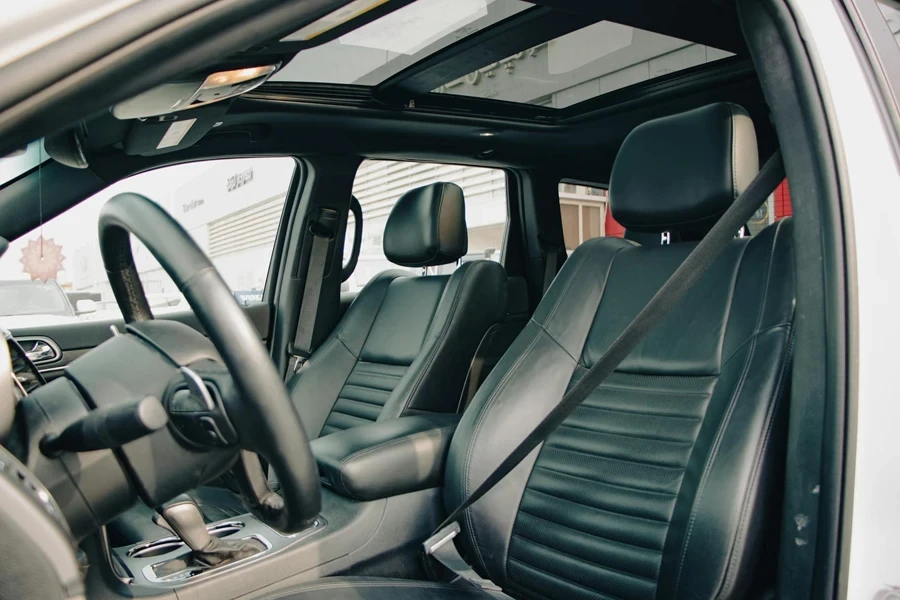
Market overview
The global car seat market is experiencing substantial growth, propelled by continuous advancements in vehicle safety and comfort technologies. As of 2023, the market was valued at approximately USD 53.7 billion, with expectations to expand to USD 58.4 billion by 2030, which translates to a compound annual growth rate (CAGR) of 1.2%, according to market data from Markets and Markets. This growth is significantly driven by increasing demand for luxury and mid-range vehicles equipped with advanced ergonomic and safety features. Market leaders are investing heavily in research and development to introduce innovative features such as adjustable lumbar support, automated reclining mechanisms, and temperature-controlled seating, which cater to an increasingly sophisticated consumer base that prioritizes comfort alongside safety.
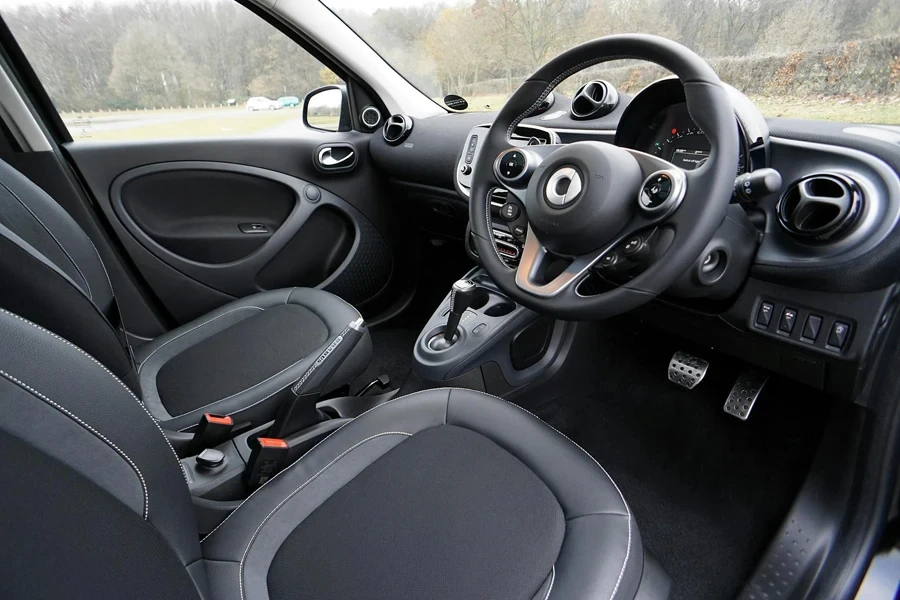
In addition to technological advancements, the market dynamics are shaped by intense competition among leading manufacturers, who collectively hold a significant portion of the market share. According to a report by LinkedIn Market Insights, these industry leaders are focusing on expanding their product lines and enhancing features to meet diverse consumer demands globally. For instance, the deployment of energy-efficient and environmentally sustainable technologies in car seat manufacturing is gaining traction, with companies investing in materials that reduce the environmental footprint of their products. The market is also seeing a push towards globalization, with key players increasing their operational facilities and sales channels in emerging markets. This strategic expansion is facilitated by a CAGR of approximately 1.1% in emerging regions, reflecting a growing acceptance of advanced car seat technologies. These efforts are expected to substantially increase market reach and consumer base, potentially boosting the global market value to over USD 46.1 billion by 2030, as forecasted by Markets and Markets. This strategic approach not only broadens the market presence but also intensifies the competitive landscape, prompting continuous innovation and improvements in car seat design and functionality.
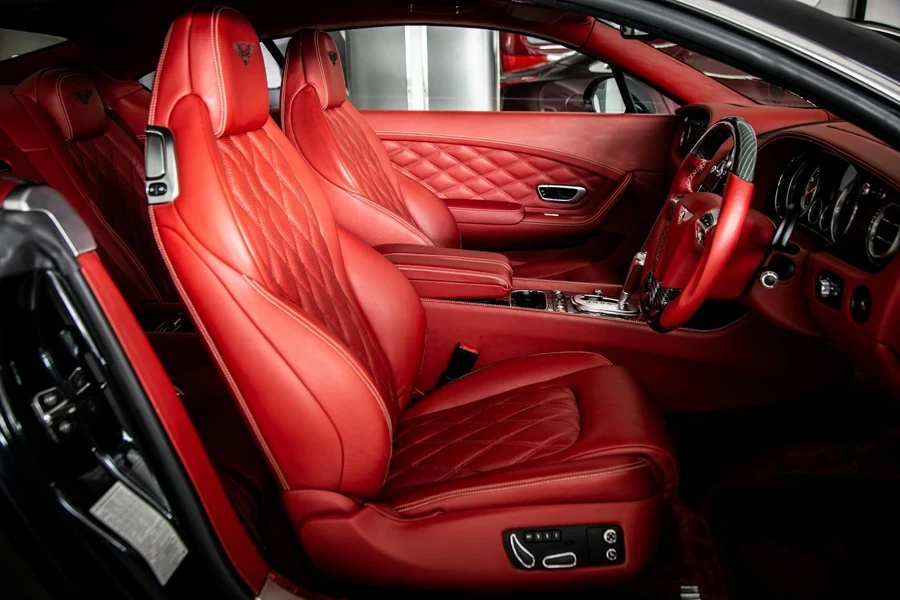
Different types of car seats and their features
Overview of car seat types
Car seats are categorized into several types based on their functionality and design, each catering to different needs and preferences. Standard seats are the most common and are designed to provide basic comfort and safety with features like adjustable headrests, manual recline functions, and durable fabric or leather finishes. Sport seats, in contrast, offer more support and are typically firmer, featuring added side bolsters to keep occupants secure during high-speed maneuvers, and are often made from materials that can withstand the rigorous conditions of driving. Ergonomic seats focus on promoting good posture and reducing the risk of discomfort or pain during long drives, often incorporating advanced adjustability, lumbar support, and materials that conform to the body’s shape. Luxury seats elevate the driving experience further by incorporating premium materials like high-grade leather, heating, ventilation, and massaging functions to enhance comfort and appeal, making them ideal for high-end vehicle markets.
Design and material innovations
The design and materials used in car seats have seen significant innovations aimed at enhancing both comfort and functionality. Ergonomic seats, for instance, use memory foam and are designed to support the natural curvature of the spine, often featuring adjustable lumbar supports that can be modified according to the user’s needs, thereby reducing the risk of back pain during long drives. Sport seats often incorporate materials like breathable mesh or specialized fabric blends that provide better grip and air circulation, essential for maintaining stability during dynamic driving. Luxury seats might feature cutting-edge technologies such as adjustable air cushions, temperature control systems that respond to the occupant’s body temperature and seating preferences, and even settings that can save personal preferences for different users.
Comparative features of car seat types
Each type of car seat offers unique features that cater to specific needs. Standard seats are versatile and sufficient for everyday use, providing basic support and comfort without the complexities of more advanced types, making them suitable for the average consumer. Sport seats are essential for performance enthusiasts who require extra stability and support to handle vigorous driving dynamics, often featuring reinforced frames and deeper seat wells. Ergonomic seats are ideal for those with health concerns or who spend long hours in their vehicles, as they help maintain good posture and minimize strain with their highly adjustable nature. Meanwhile, luxury seats are the pinnacle of comfort and technology, offering customizable features that can include personal settings for multiple users, ensuring that each experience is tailored to individual preferences and providing an unparalleled level of comfort.
Benefits of advanced car seat technologies
The benefits of advanced car seat technologies are profound. Ergonomic and luxury seats with adjustable settings allow for a highly personalized seating environment, which can significantly enhance the driving experience by increasing comfort and reducing fatigue. The integration of heating and cooling options in luxury seats ensures comfort in various climates, effectively addressing the needs of users in different environmental conditions. The inclusion of massage features can turn a simple drive into a therapeutic session, potentially reducing stress and enhancing driver alertness, thereby contributing to safer driving conditions. These technological advancements not only improve physical comfort but also contribute to the overall well-being of passengers and drivers alike.
Future trends in car seat design
Looking ahead, the future of car seat design is likely to see even greater integration of technology and personalization. Innovations such as biometric sensors that adjust seats based on real-time feedback from the occupant’s body and seats equipped with IoT connectivity for seamless integration with other smart devices in and out of the vehicle are already on the horizon. These advancements promise to not only enhance comfort and safety but also transform the car seat into an interactive component of the vehicle’s ecosystem, adapting to the needs and health conditions of passengers. The potential for seats to communicate with health-monitoring devices to adjust settings for optimal posture and comfort is particularly promising, marking a significant step towards more intelligent and responsive vehicle interiors.

Things to consider when selecting car seats
Key factors to consider in car seat selection
When selecting car seats, several key factors must be considered to ensure optimal comfort, durability, and functionality. Comfort is paramount, as seats are the primary interface between the vehicle and its occupants. Materials used in car seats, such as high-quality fabrics or leathers, directly impact durability and comfort. These materials should not only withstand the wear and tear of daily use but also maintain their appearance over time. Ease of maintenance is another critical factor, as seats require regular cleaning to keep them looking and feeling their best. Finally, compatibility with the vehicle type ensures that the seat fits correctly within the car’s interior, providing proper support and functionality without impeding the use of other features. Each of these factors plays a crucial role in the selection process, influencing everything from user satisfaction to the longevity of the seat itself.
Importance of ergonomic features
Ergonomic features in car seats are crucial for maintaining spinal health and overall comfort, especially during long drives. Proper ergonomic design helps distribute weight evenly, reducing pressure points and supporting the spine’s natural curvature. Features such as adjustable lumbar support, seat depth, and height adjustments can greatly enhance comfort and prevent the development of back pain or other posture-related issues. Investing in seats with ergonomic features is essential for anyone who spends significant time driving, as it not only enhances immediate comfort but also helps prevent long-term health problems. These ergonomic adjustments can be particularly beneficial for drivers who experience chronic pain or discomfort while driving, making them a valuable addition to any vehicle.
Advanced material choices
The choice of materials in car seat construction plays a vital role in their overall performance and user satisfaction. Modern car seats utilize a variety of materials to enhance user comfort and ensure durability. Breathable fabrics like mesh or specially treated leathers that resist stains and fading are common in higher-quality seats. These materials are designed to offer a comfortable seating experience in various climatic conditions, maintaining their integrity and appearance over time. Additionally, innovations in material science have led to the development of hypoallergenic and antibacterial fabrics that enhance the healthiness of the car’s interior, appealing to consumers with allergies or sensitivities.
Evaluating seat technology innovations
Recent innovations in car seat technology have significantly enhanced passenger comfort and safety. Adjustable lumbar support allows users to customize the seat contour to their liking, providing targeted back support that can adapt to various body types and seating preferences. Climate control options, such as built-in heating and cooling systems, offer year-round comfort by adjusting the seat temperature according to external weather conditions. Such features are no longer exclusive to high-end models but are becoming more widespread, offering enhanced comfort across various car segments. Additionally, some seats now feature programmable memory settings that can recall individual preferences for different drivers, making it easy to switch between users without losing customized settings.
Integration with vehicle technology
The integration of car seats with overall vehicle technology systems is advancing rapidly. Seats are now often part of a vehicle’s connected systems, with adjustments that can be controlled via smartphone apps or onboard interfaces. This integration allows for automatic adjustments based on individual driver profiles, which can include preferred seat positions, temperatures, and lumbar support settings. As vehicles become more connected, the role of car seats is evolving from passive components to active participants in the driving experience, enhancing both comfort and safety through technological integration. This trend is likely to continue as new technologies, such as gesture recognition and voice control, begin to influence how car seats interact with users and other vehicle systems, paving the way for even more personalized and responsive car interiors.
Conclusion
Choosing the right car seat is a decision that significantly affects both the comfort and safety of passengers and drivers alike. The appropriate seat not only enhances the driving experience by providing comfort and support but also plays a crucial role in ensuring safety during travel. It’s essential to consider factors such as ergonomic design, material quality, and the latest technological enhancements when selecting a car seat. These elements help in maintaining proper posture, reducing the risk of long-term injury, and increasing overall satisfaction with the vehicle.
When balancing cost, comfort, and safety, it’s important to prioritize features that provide the best value for the investment. While higher-end options may offer more advanced features, many competitively priced car seats do not compromise on crucial aspects such as safety and basic comfort. Ultimately, the ideal car seat is one that meets specific needs without stretching the budget, ensuring that every journey is safe, comfortable, and enjoyable.
